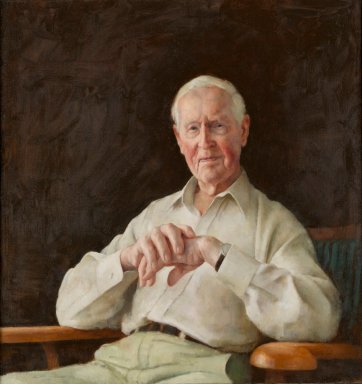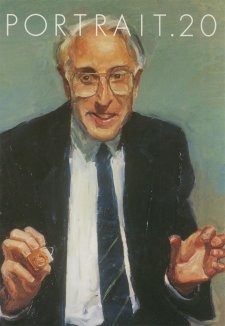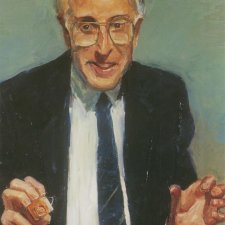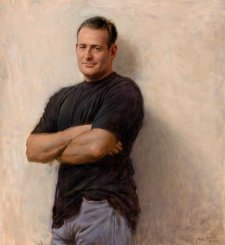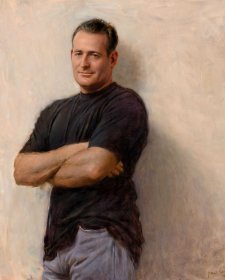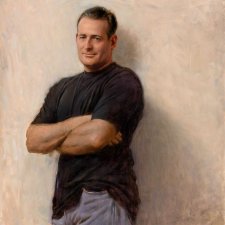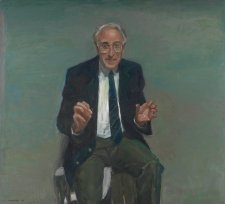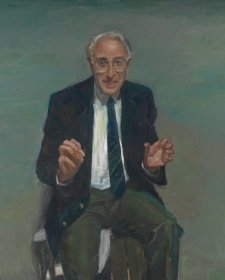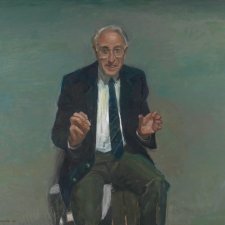Inspiration+Realisation features three prominent Australian artists for whom portrait painting is an aspect of their practice. Each artist will deliver a public lecture followed the next day by a masterclass in portraiture from a life model. Lecture attendees and masterclass participants will have the opportunity to work directly with and be inspired by these eminent Australian painters, each of whom brings a differing perspective to the art of the portrait.
Portraiture was among the talents that Jude Rae honed at art-school and of which she later grew sceptical. Surveying her work, from the draperies through to the still lifes, it appears that Rae has spent much of her career drawing metaphorical shrouds over the human form or painting stand-ins and surrogates for it. Yet from the vantage of 2005, all those vessels and surfaces begin to look like preparations for an encounter with the ultimate vessel and surface, the human head and face; the chair in SL 158 now looks expectant, ready for a sitter. Much of the critical theory that Rae absorbed in the 1980s and earty 1990s demonised 'the gaze' as something acquisitive, grasping, 'objectifying'. But Rae's new portraits turn that wisdom against itself in a way that owes much to her study of objects.
'Vermeer' is what you think, on first seeing Rae's large new Interiors of figures in gently lit rooms. It is a risky allusion for a painter to make, not least because Rae so fiercely dislikes any painting that chases an 'old-masterly' look - the kind of work that features heavy varnish and costume-drama props, and which dyspeptic critics frequently propose as a nourishing alternative to contemporary art's thin fare. But Rae's Vermeerish space pointedly declares itself as something set up in a 21st century studio. There's a plastic water-bottle, a flammable liquids cabinet, that map of the Middle East. And the inhabitants are not prosperous burghers but casually dressed citizens of Canberra on a particular day in 2005. One reads a newspaper, another looks at his cell-phone.
So much depends on that word 'interior', which could describe both the room and the inner state of its occupant. They invite us to imagine but not trespass upon each sitter's interior: their states of otherness, thoughtfulness, mindfulness.
The manner of the paintings is like the manner of their inhabitants, gentle and understated. Yet this shouldn't be taken to mean that the paintings are not passionate. For all their calm, indeed through their calm, they are fervent about the value of 'quiet reflection'.
Rae's portrait subjects all inhabit this space with memorable calm, but none as fully as Nada in Large interior 173. It has something to do with the ease of the arms, the unoccupied hands, the unseen view she's enjoying. All paintings are self-portraits, and I think that Rae has secreted a private ideal in this one. Nada is an undistracted resident of the space of reflection that painting alone can make.
